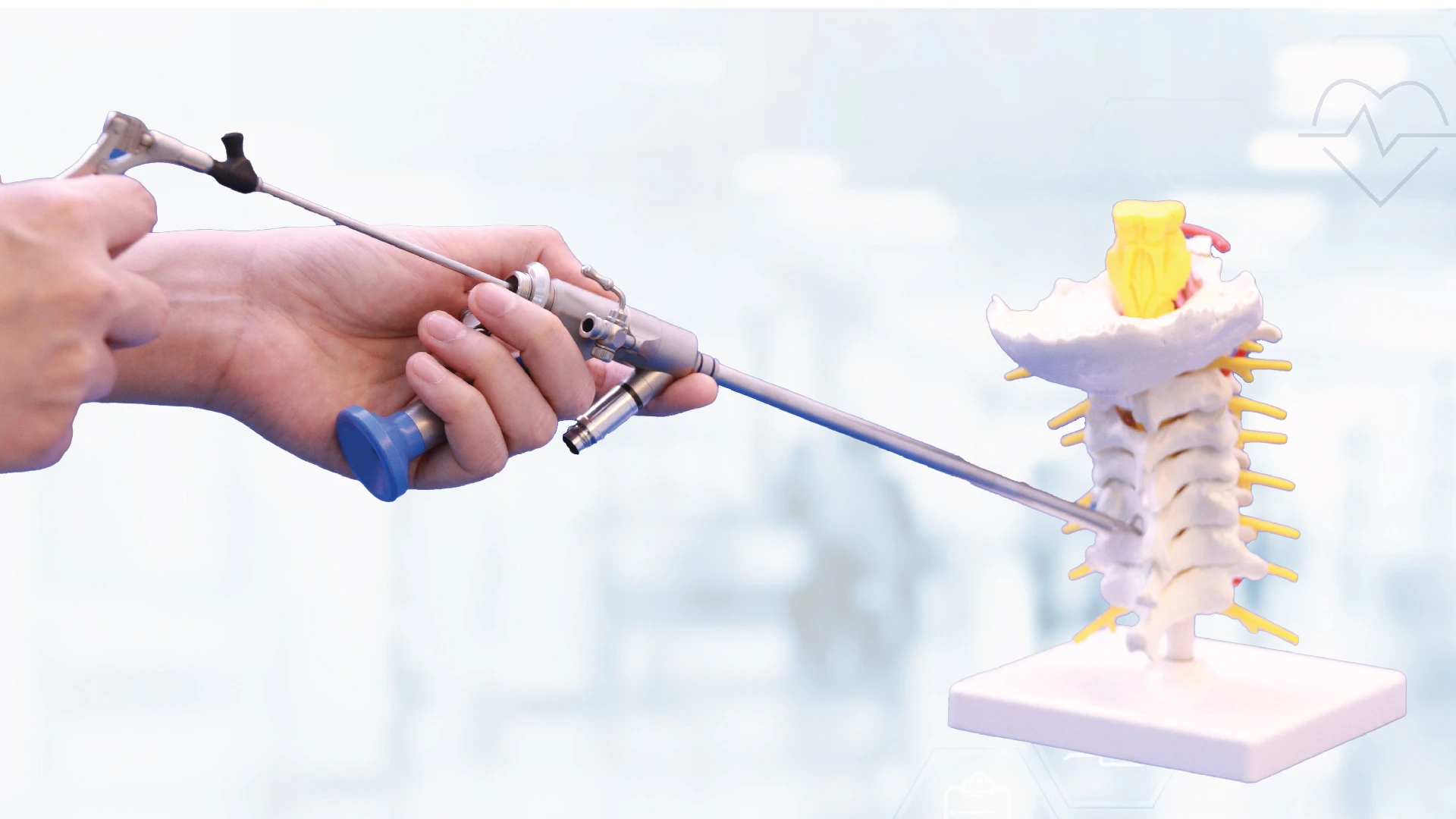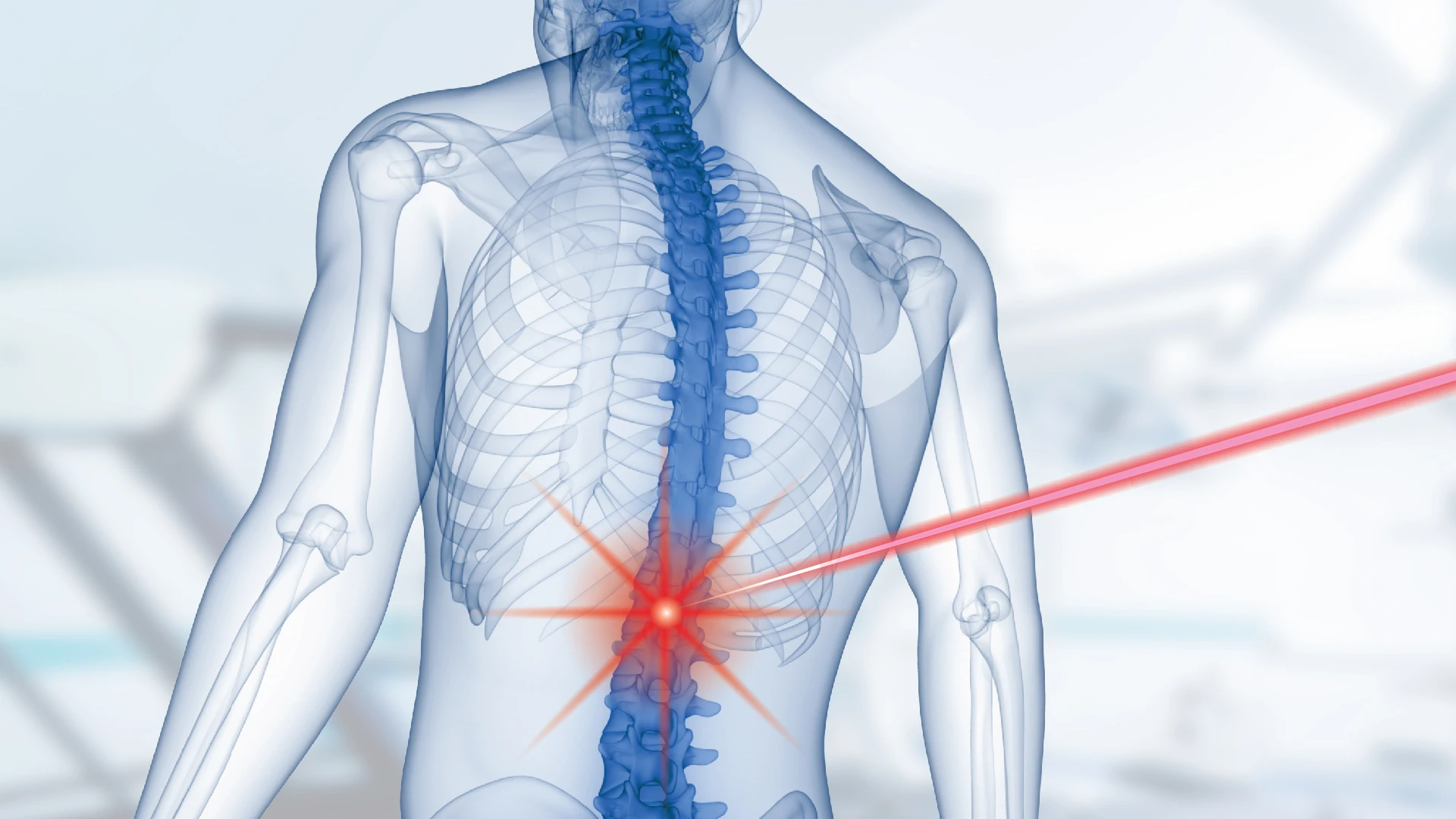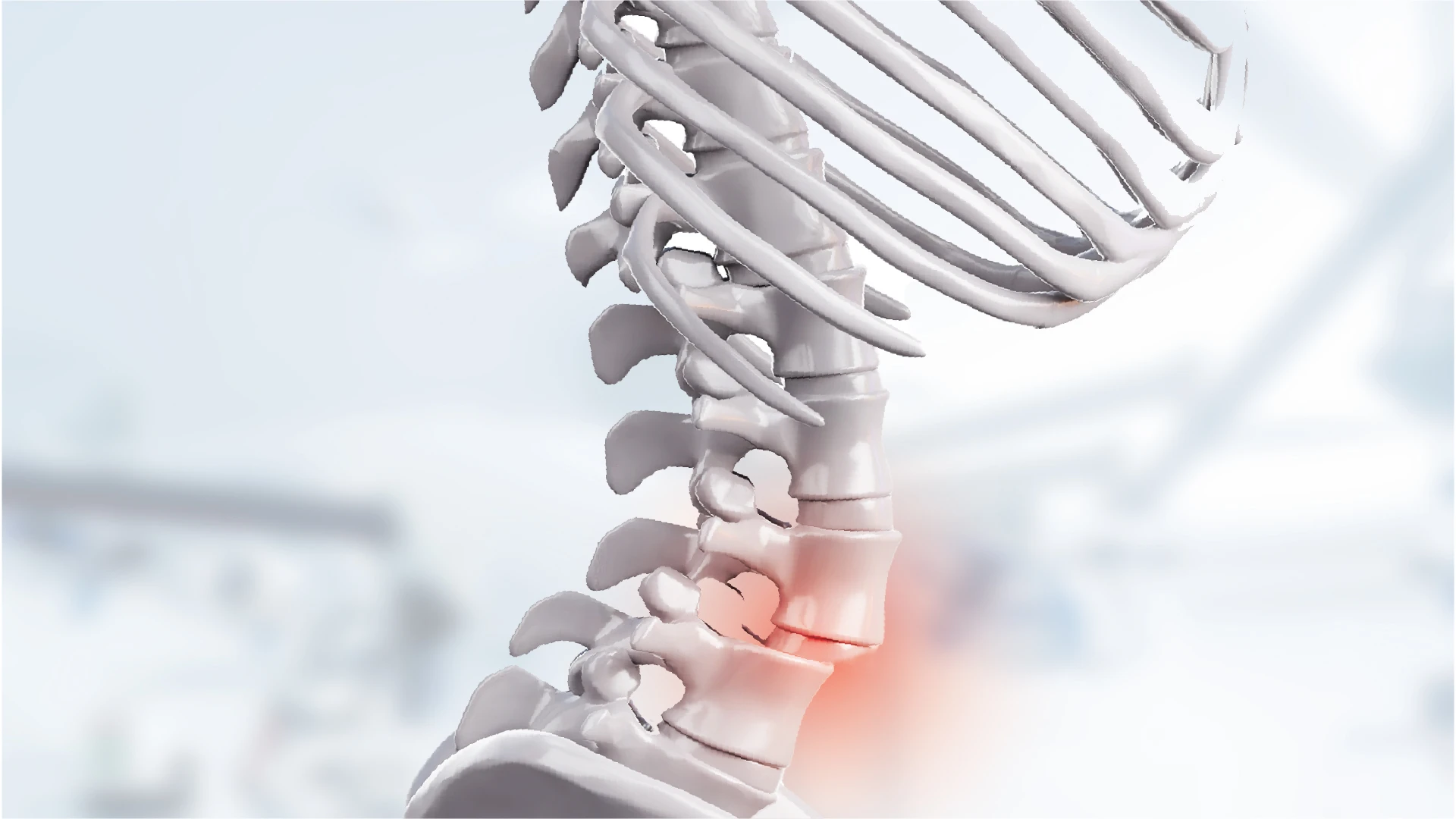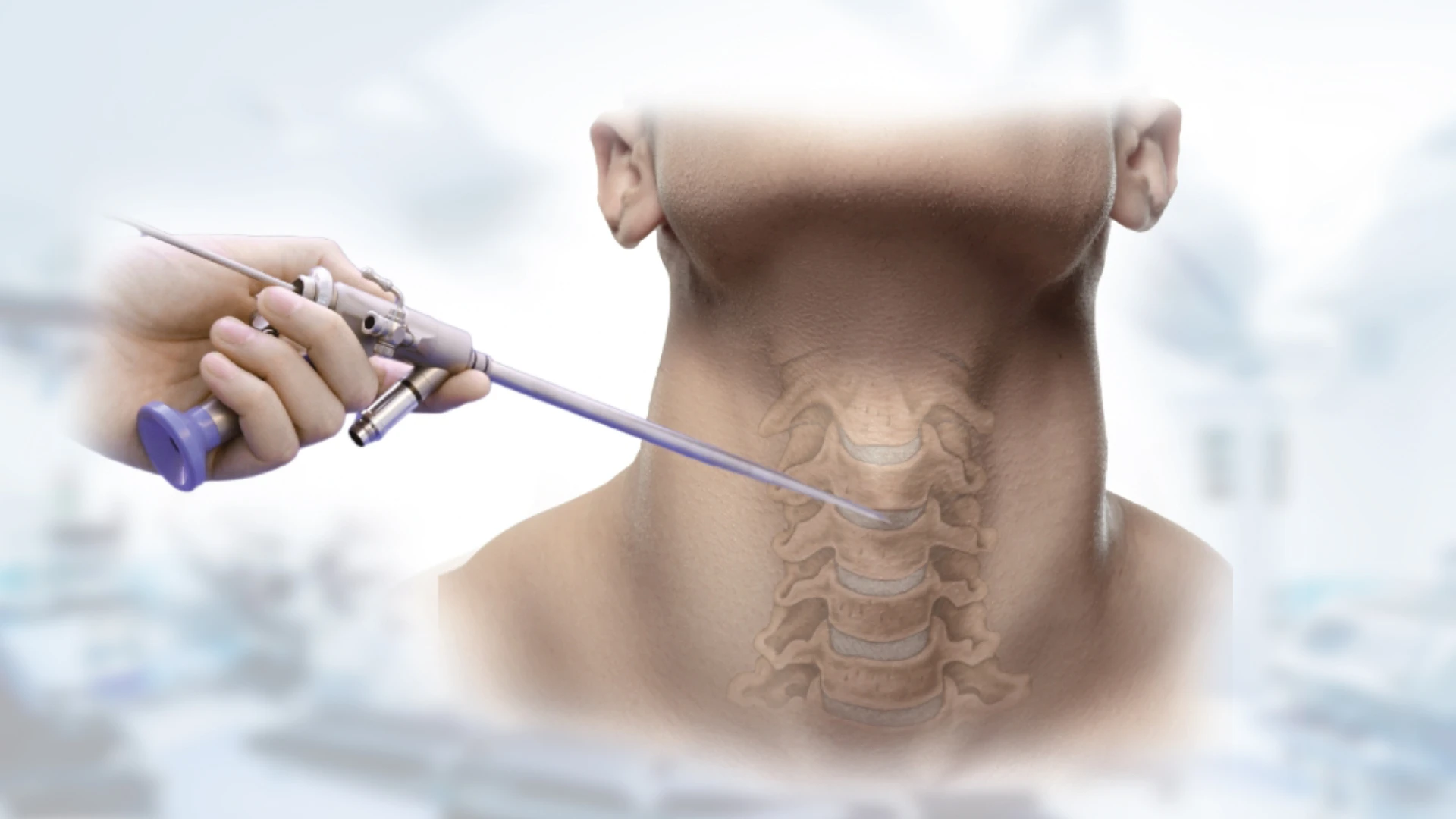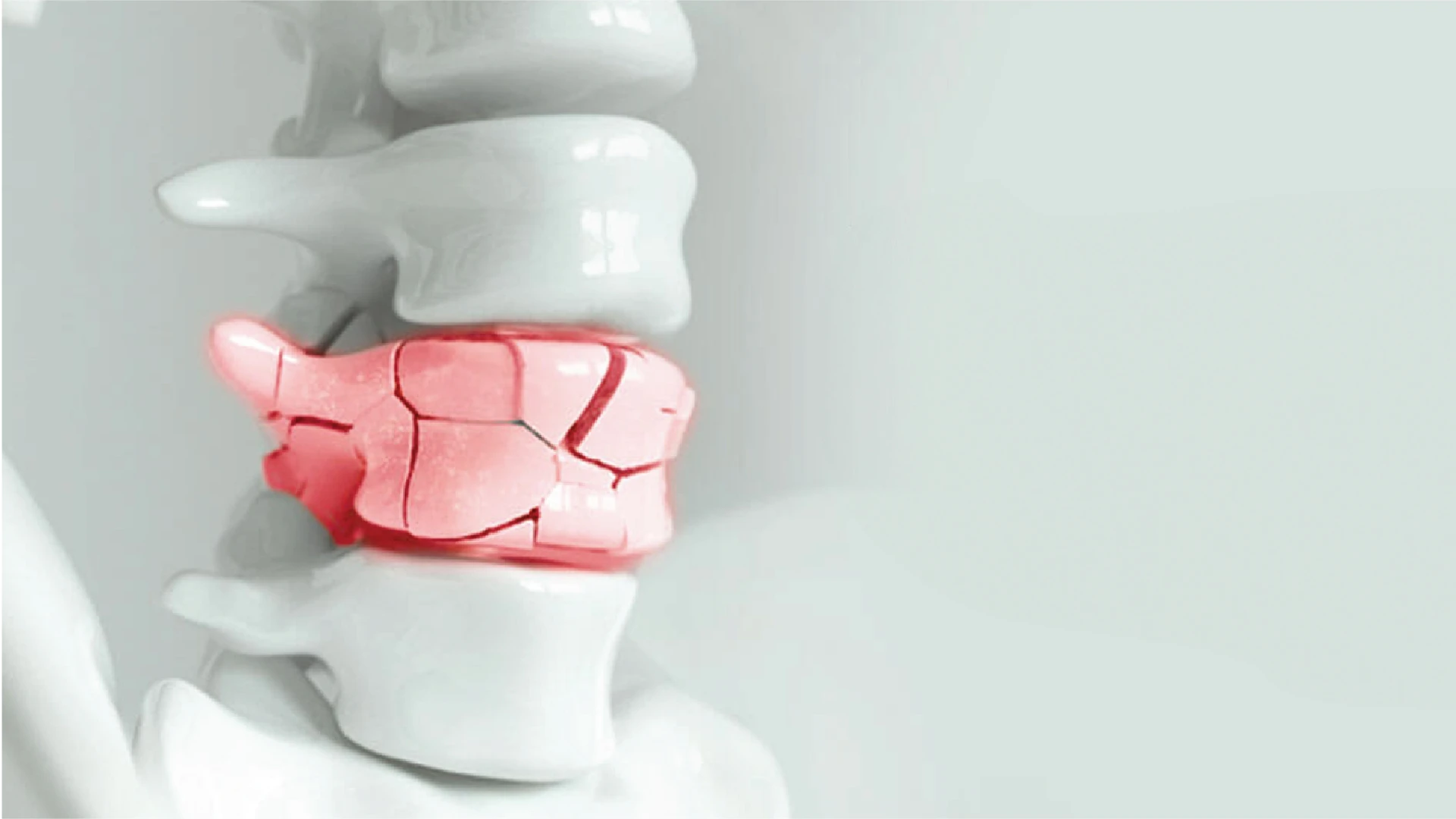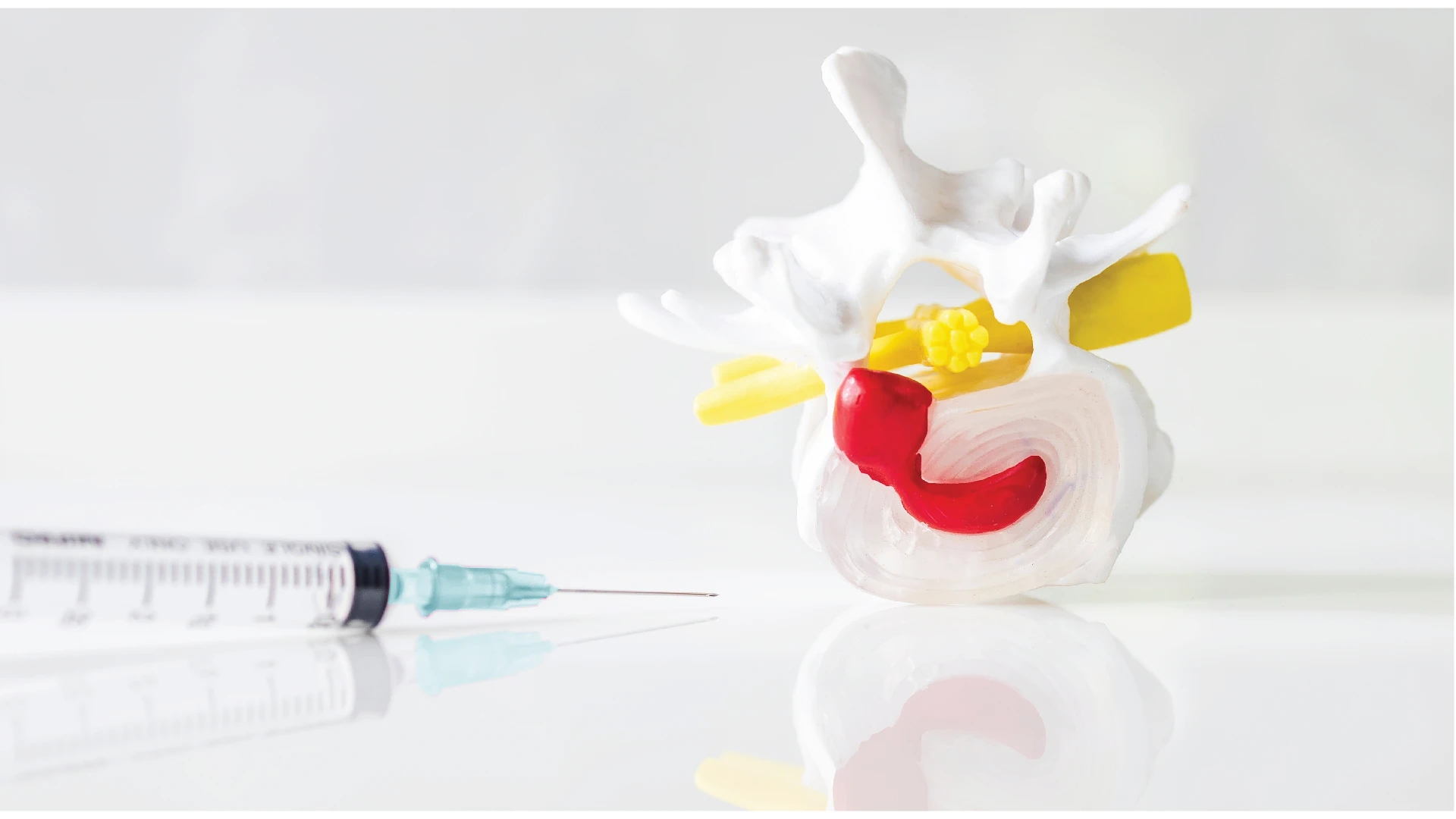ดูแลตัวเองจากอาการปวดเอว


ทำไม อาการปวดหลังจึงเรื้อรัง?
อาการปวดหลังหรือปวดกระดูกสันหลังส่วนเอว อาจเกิดได้จากการใช้ชีวิตประจำวัน ตั้งแต่การยืน การนั่ง การนอน หรือการบาดเจ็บจากการออกำลังกาย เล่นกีฬา รวมไปถึงการเสื่อมของกระดูกสันหลังเมื่อเรามีอายุมากขึ้น

สาเหตุของอาการปวดหลังที่พบได้บ่อย
ปัญหาการปวดหลัง /บาดเจ็บที่หลังสามารถพบได้ 2 จุด ได้แก่
1. อาการปวดกระดูกสันหลังส่วนเอว
มีอาการปวดตั้งแต่บริเวณเอวขึ้นไป อาจเป็นข้างเดียว หรือทั้งสองข้าง ถ้าเป็นน้อยจะมีแค่อาการปวดเมื่อย ถ้ามีอาการมากจะปวดอยู่ตลอดเวลาและมีอาการหลังแข็งเกร็งทำให้เดินตัวเอียง สาเหตุเกิดจากกล้ามเนื้อหลังที่มีการหดเกร็ง หรือมีการฉีกขาดของกล้ามเนื้อหลังบางส่วน เมื่อมีการบิดหรือเอียงตัวทันทีขณะออกกำลังกายหรือเล่นกีฬา
แผลเล็ก เสียเลือดน้อย
ไม่ต้องผ่าตัดแบบเปิดใช้เข็มขนาดเล็ก 1 มิลลิเมตร เจาะเข้าสู่บริเวณที่มีปัญหาทำให้แผลมีขนาดเล็กมาก เสียเลือดน้อย
1.1 ขั้นตอนปฐมพยาบาลเบื้องต้น และการรักษา
เมื่อมีอาการปวดกระดูกสันหลังส่วนเอว ให้หยุดวิ่งทันที แล้วประคบด้วยน้ำแข็ง 10-20 นาที ให้ยาแก้ปวด ถ้าอาการยังไม่ดีขึ้นภายใน 3 วัน ต้องใช้ยาต้านการอักเสบ และยาคลายกล้ามเนื้อประมาณ 1-3 สัปดาห์ และให้การรักษาด้วยวิธีกายภาพบำบัด เช่น ความร้อน คลื่นเหนือเสียง เป็นต้น อาการจะหายไปเอง ภายใน 3 สัปดาห์ หลังจากนั้นแพทย์จะให้บริหารกล้ามเนื้อ เพื่อฟื้นฟูให้กล้ามเนื้อกลับมาแข็งแรง แต่หากผู้ป่วยไม่พักรักษาตัวระหว่างการรักษาจะทำให้โรคปวดหลังนี้เรื้อรังได้ และทำให้รักษายาก หายช้ากว่าปกติ
มาเช็กกระดูกสันหลังกันเถอะ
-
ปวดหลังไม่หาย…ต้องรักษา
-
วิธีแก้ปวดหลังด้วยตัวเอง
1.2 แนวทางป้องกันอาการปวดกระดูกสันหลังส่วนเอว
ทำได้โดยไม่เล่นกีฬาหรือออกกำลังกายในบริเวณพื้นที่ขรุขระ หรือทางขึ้นลงที่สูง เพราะทำให้เกิดการบิดเอียงของหลัง และควรบริหารกล้ามเนื้อหลังให้แข็งแรงอยู่เสมอ

2. การบาดเจ็บที่กึ่งกลางหลังตรงกระเบนเหน็บ
หรืออาการปวดสะโพกที่พบบ่อยอีกประเภท คือ มีอาการปวดเฉพาะบริเวณกึ่งกลางหลังกระเบนเหน็บมักพบในผู้สูงอายุจะมีอาการปวด เมื่อเคลื่อนไหวเอี้ยวตัวจะไม่มีอาการปวดร้าวไปจุดอื่น ถ้ามีอาการมากจะปวดตลอดเวลา สาเหตุเกิดจากการเสื่อมของกระดูกสันหลังซึ่งเป็นส่วนที่ต่อกับกระดูกเชิงกราน เนื่องจากเป็นส่วนที่เคลื่อนไหวอยู่เสมอ จึงเป็นง่ายกว่ากระดูกสันหลังส่วนอื่นๆ พบมากในผู้สูงอายุ
2.1 ขั้นตอนปฐมพยาบาลเบื้องต้นและการรักษา
เมื่อมีอาการปวดขณะออกกำลังกายควรหยุดพักทันที และประคบเย็นประมาณ 10 นาที ทำการให้ยายาแก้ปวด ถ้าไม่ดีขึ้นภายใน 3 วัน อาการไม่หายไป ต้องรักษาด้วยยาต้านการอักเสบ พร้อมทั้งให้การรักษาทางกายภาพบำบัดร่วมด้วยหลังอาการดีขึ้นแล้ว เพื่อให้กล้ามเนื้อหลังแข็งแรงอยู่เสมอ
2.2 แนวทางการป้องกันการบาดเจ็บที่กึ่งกลางหลังของกระเบนเหน็บ
แนวทางการป้องกันจะคล้ายๆ กับการดูแลกล้ามเนื้อหลังของบริเวณบั้นเอว แต่ในสำหรับผู้สูงอายุนั้น สามารถบริหารยืดกล้ามเนื้อหลังแค่เพียงเล็กน้อยก่อนออกกำลังกายเท่านั้น
ที่ S Spine มีนวัตกรรมการรักษาด้วยเทคโนโลยีที่ทันสมัย และทีมแพทย์ผู้เชี่ยวชาญด้านการรักษาอาการปวดโดยเฉพาะ ที่จะทำให้การรักษาจากสาเหตุของโรคเพื่อการรักษาที่ตรงจุด ปลอดภัย และไม่เสียเวลาพักฟื้น กลับมาใช้ชีวิตได้ปกติหายขาดได้โดยไม่ต้องผ่าตัด
Read More
Related Services

No. 2102/9 Ladprao Road, Wang Thonglang Subdistrict, Wang Thonglang District, Bangkok 10310
Call : 02-034-0808Our Services
Quick Menu
Copyright © 2025 S Spine and Joint Hospital. All right reserved


